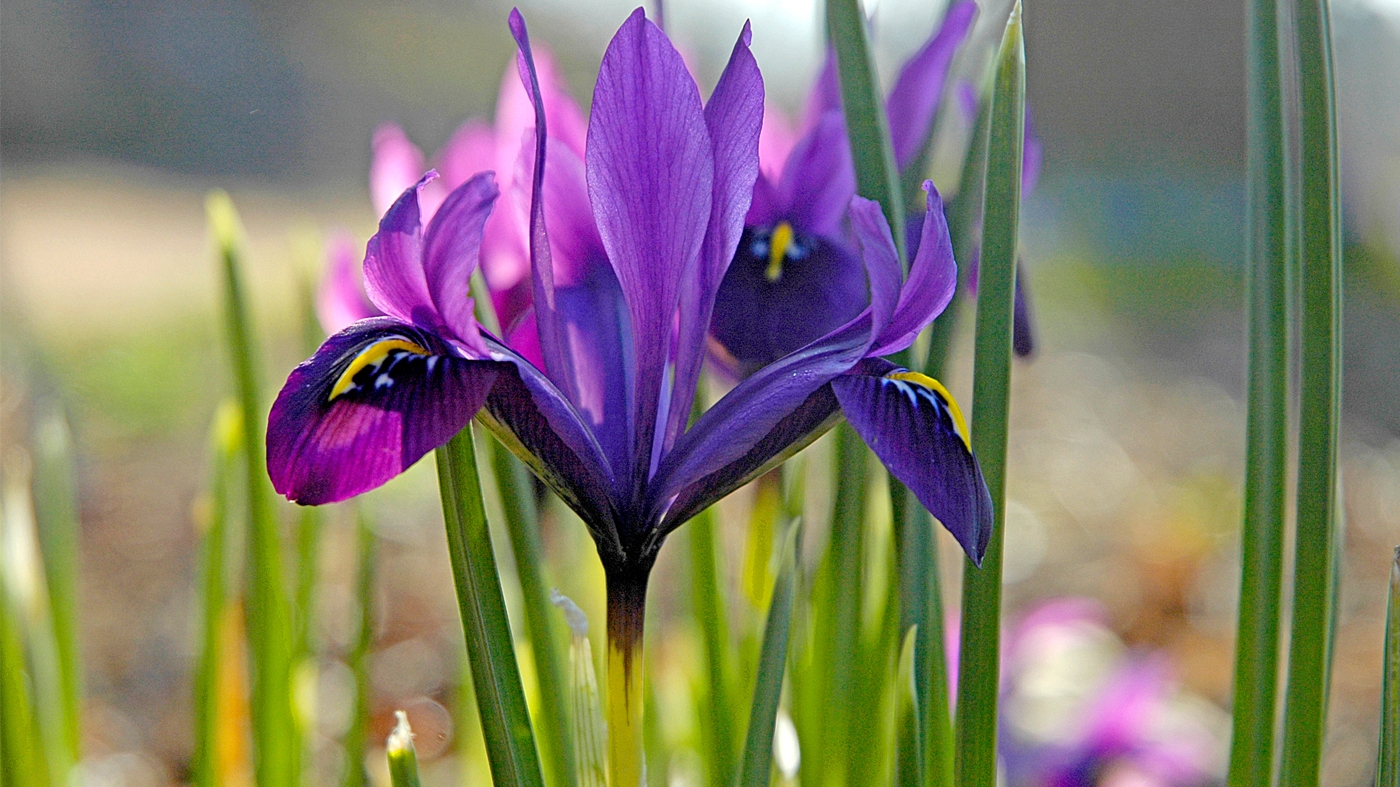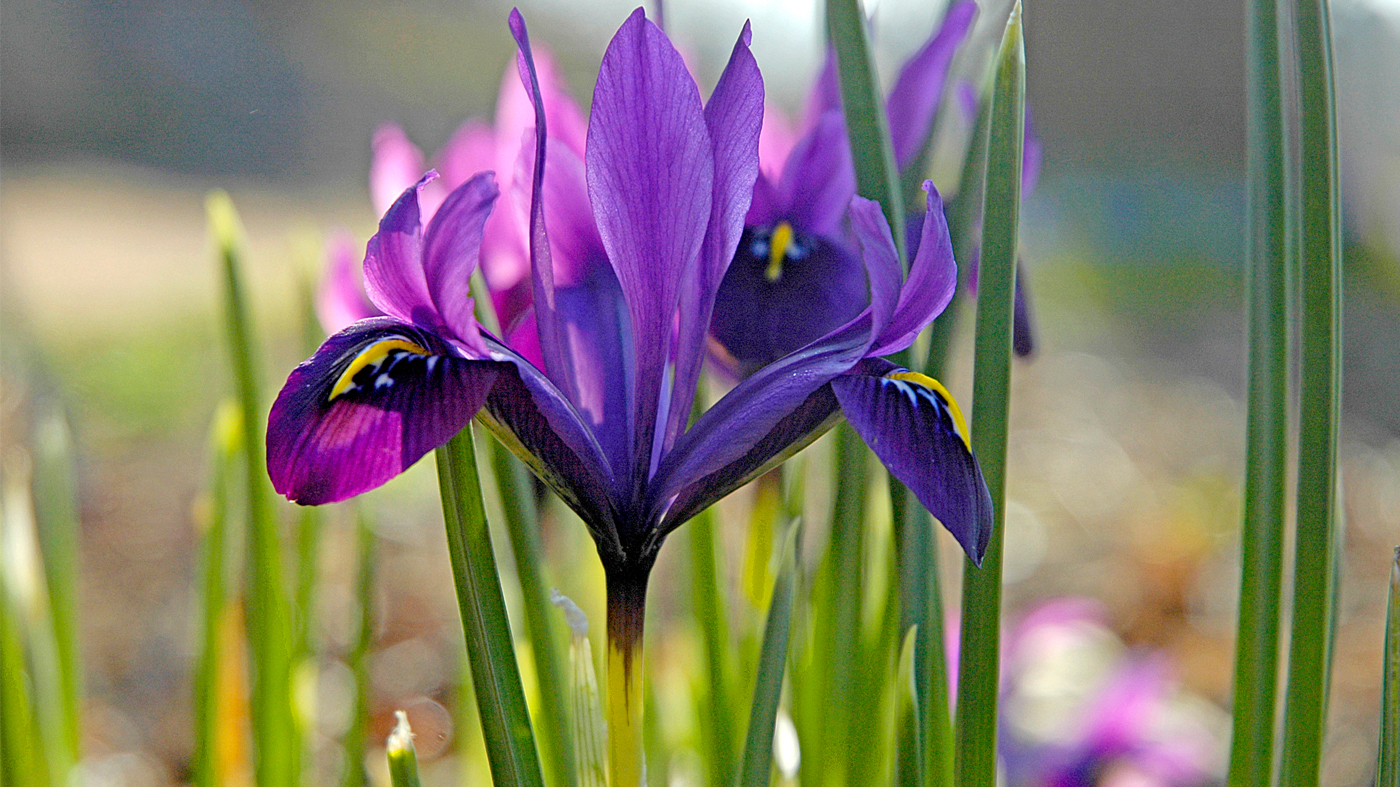
42.1438446, -87.78569794
42.14385223, -87.78570557
42.14385605, -87.78573608
42.14385605, -87.78569031
42.14385986, -87.78572083
42.14385986, -87.7857132
42.14387131, -87.78572845
42.14387512, -87.78570557
42.14387894, -87.78572845
42.1438942, -87.78572083
42.14389801, -87.78570557
42.14401245, -87.78520966
42.14401627, -87.7851944
42.14402008, -87.78520966
42.14402008, -87.78520203
42.14402771, -87.7851944
42.14403152, -87.78518677
42.14403534, -87.78520203
42.14414215, -87.78516388
42.14414597, -87.78515625
42.14414978, -87.78515625
42.14416122, -87.78517151
42.14416122, -87.78516388
42.14416504, -87.78515625
42.14416885, -87.78517151
42.14474869, -87.78568268
42.14475632, -87.78569031
42.14475632, -87.78568268
42.14476395, -87.78569031
Black Chokeberry
This cultivar of the native species blooms with the same white flowers in mid-spring and has the same wide tolerances for different light and soil conditions. At maturity, it can reach a height and width of 6 feet. It is differentiated from the species by having a better form, bigger berries, and superior fall color.
Soil:
Moderate
Plant Shape:
Upright
Exposure:
Full Sun
Partial Shade
Bloom Time:
May - June
Bloom Color:
White
Landscape Use:
Screen/Hedge
Bedding or Border
Wildlife Interest:
Attracts Birds
Plant Type:
Shrub
Hardiness Zone:
3 - 8

